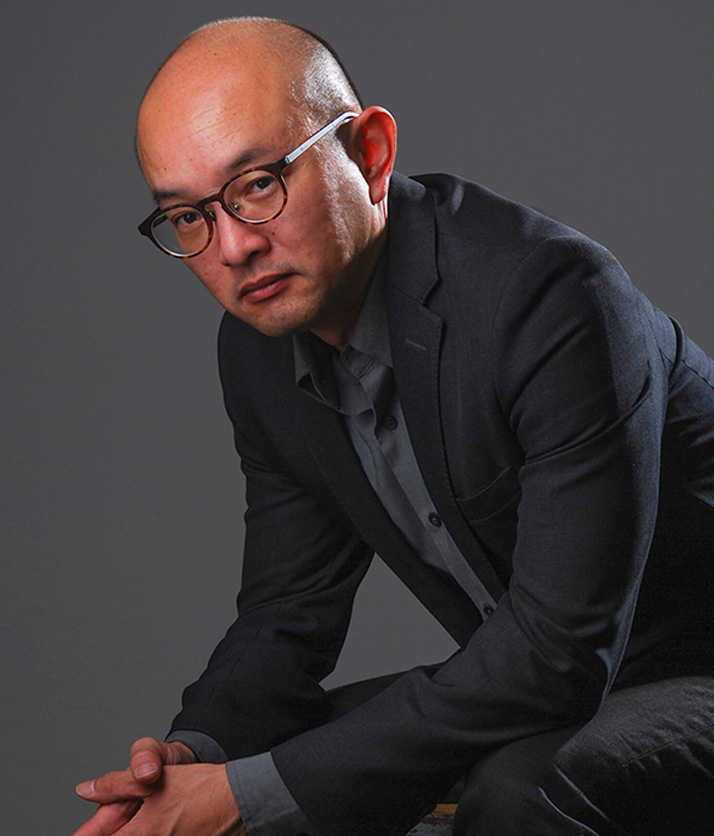Kevin Chua, Ph.D.

Dr. Kevin Chua specializes in the history of 18th and 19th-century European and Southeast
Asian art. He obtained a PhD in the History of Art from the University of California
at Berkeley, and has held fellowships at the Center for Advanced Study in the Visual
Arts (CASVA) in Washington, DC, and at the Center for 17th- and 18th-century Studies
at the University of California at Los Angeles.
He is interested in rethinking key moments of European and Southeast Asian modernism
by closely attending to the formal properties – the deep archaeological structure
– of a work of art, and by considering the ways this formal structure intersects with
a work’s historicity. He has published essays on Greuze, David, Girodet, and the Bavarian
Rococo, and is currently working on a book-length project on vitalism and painting
in mid-18th century France. Dr Chua also writes on modern and contemporary art in
Southeast Asia, and has published essays on Simryn Gill, Ho Tzu Nyen, Charles Lim,
Donna Ong, Jeremy Sharma, Debbie Ding, Robert Zhao, Jason Wee, Ian Woo, Guo-Liang
Tan, the Migrant Ecologies Project, 1950s Nanyang painting, Oanh Phi Phi, and Sudjojono.
He has published in venues such as Art History, Representations, Art Journal, Third Text, Yishu, nonsite, and Artforum. His research and teaching interests include 18th-century French genre painting,
the French Revolution, art and science, global modernism, and art-historical methodology.
Selected writings
Rotated Courses
ARTH 2302: Survey II
A broad survey of art produced in Western Europe c. 1400-1900. The course explores "realism" in all its complexity: why was it such a compelling mode of picturing or representing the world? By making periodic stops at various zones of contact between Europeans and other cultures around the world, not only do we examine modernity as a global condition, we begin to derive an anthropology of Western realism.
ARTH 3366: Black Atlantic: Art and Global Empire, 1650-1850
This course examines the complicated and conflict-ridden period that saw the rise and fall of colonial slavery in the French and British empires. By looking at art and visual culture produced in France, England, the Caribbean, and the eastern seaboard of the United States, we will explore the diverse ways in which the Atlantic economy was given visual form, and try to put "capitalism" and "empire" back into the problem of slavery. How do we understand the geographical basis of artifacts produced in the circum-Atlantic? If representation presumes a notion of subjecthood and citizenship, how was representation as such challenged by the colonial encounter?
ARTH 3366: Spectacle and Modernity: Art and Visual Culture in France and England
This course examines art and visual culture in France and England from the Great Exhibition to the beginning of the first World War, in terms of spectacle and commodity culture. By carefully looking at "high" Impressionist and Neo-Impressionist painting, at "low" visual culture produced around bohemian Montmartre, and at the new ways of seeing brought about by technological developments such as the cinema, we will come to understand art and visual culture's complicity in, and resistance to, the new regime of consumption.
ARTH 5308: Theories and Methods in Art History
Examines methodological approaches in art history, from Winckelmann, Kant, Hegel, Riegl and Panofsky, to Baxandall, Clark, and Summers. How was the early, foundational phase of art history (late-18th century to c. 1960s) challenged by the "New Art History" of the late 20th century, especially with regards to claims of race, class, and gender? The course argues for the continuing relevance of pre-1970s art historians such as Riegl and Panofsky to the practice of art history today, and for the indispensability of historiography to art-historical method. We will also unpack several rifts – "tradition" versus "modernity," "West" versus "non-West" – that have dogged, and structured, art-historical methodology. Especially relevant for MA students in Art History.
School of Art
-
Address
3010 18th Street | Box 42081, Lubbock, Texas 79409 -
Phone
806.742.3826 -
Email
art.info@ttu.edu
